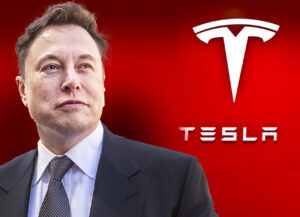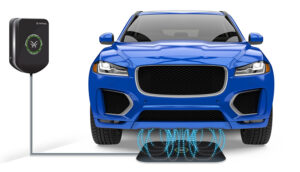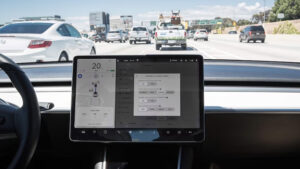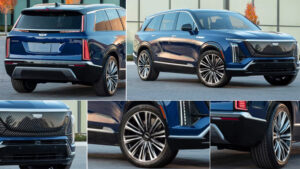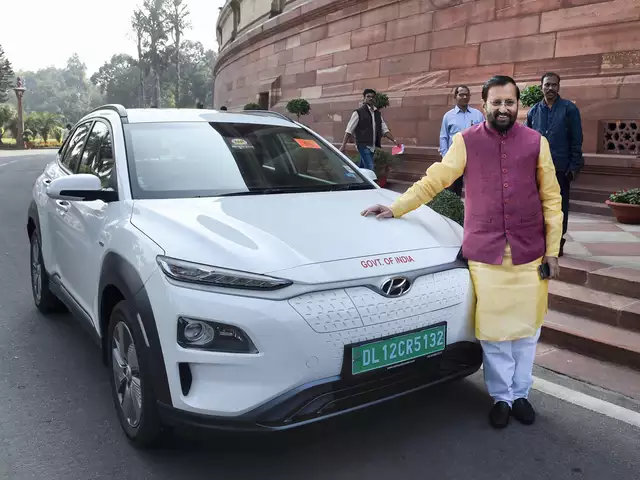
India, a country known for its rich cultural heritage and diverse population, is facing a significant challenge in its quest for a greener future. While electric cars have gained popularity worldwide as a more environmentally friendly alternative to traditional gasoline-powered vehicles, India lags behind in embracing this sustainable technology. This article explores the current state of electric cars in India, the challenges associated with manufacturing and driving them, and potential solutions for a greener India.
Current State of Electric Cars in India
India’s adoption of electric cars has been relatively slow compared to other countries. The market share of electric vehicles remains minimal, mainly due to various factors such as limited infrastructure, high initial costs, and a lack of government support. However, recent efforts by the Indian government and industry players are gradually paving the way for a more significant electric vehicle presence in the country.
Challenges of Making and Driving Electric Cars in India
-
Lack of Infrastructure and Charging Stations
One of the major hurdles hindering the growth of electric cars in India is the inadequate charging infrastructure. The limited availability of charging stations makes it inconvenient for electric vehicle owners to recharge their cars, especially during long journeys. To promote electric vehicle adoption, a robust network of charging stations needs to be established across the country.
-
High Initial Costs and Limited Model Options
Electric cars in India are generally more expensive than their gasoline-powered counterparts. High production costs, import duties on batteries and components, and limited economies of scale contribute to the higher price tags. Additionally, the range of electric car models available in India is still limited compared to global markets, further hampering consumer choices.
-
Limited Government Support and Policies
While the Indian government has introduced initiatives to promote electric vehicles, the overall support and policy framework are still evolving. Inconsistent regulations, lack of incentives, and the absence of a clear roadmap for electric vehicle adoption act as deterrents for both manufacturers and consumers.
Environmental Impact of Electric Cars in India
Despite the challenges, the transition to electric cars in India holds immense potential for reducing carbon emissions and improving air quality. The transportation sector is a significant contributor to India’s pollution levels, and electric vehicles offer a cleaner alternative. By transitioning to electric cars, India can significantly reduce its dependence on fossil fuels and mitigate the adverse effects of vehicular emissions on the environment.
Potential Solutions for a Greener India
-
Promoting Renewable Energy Sources
To support the increased adoption of electric cars, India needs to focus on expanding its renewable energy capacity. By investing in solar, wind, and other clean energy sources, the country can ensure that electric vehicles are charged using environmentally friendly power generation methods.
-
Encouraging Electric Vehicle Adoption and Manufacturing
The government should introduce comprehensive policies and incentives to encourage the manufacturing and adoption of electric vehicles. This includes offering tax breaks, subsidies, and attractive financing options to make electric cars more affordable for consumers. Moreover, partnerships between the government and private sector can help establish more charging stations and develop the necessary infrastructure.
Conclusion
While India currently faces challenges in making and driving electric cars, there is immense potential for the country to transition to a greener future. By addressing issues such as infrastructure, cost, and government support, India can become a leader in sustainable transportation. Embracing electric vehicles will not only contribute to reducing pollution and improving air quality but also create new opportunities for economic growth and innovation.

